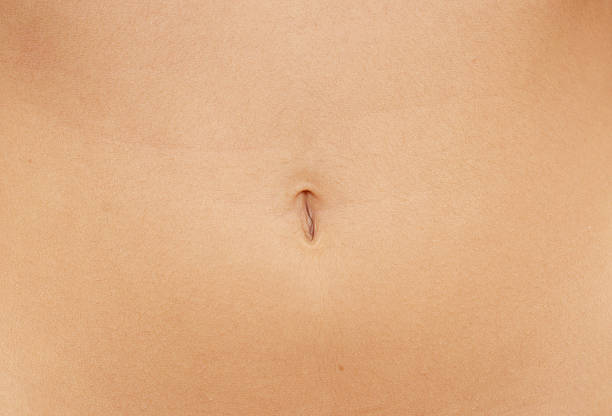In the dynamic landscape of global beauty standards, body modification through procedures like liposuction has become increasingly popular. However, cultural attitudes towards these changes vary significantly across different regions, influencing how such procedures are perceived and embraced. Liposuction, as a method of body contouring, serves as a fascinating lens through which to examine these cultural nuances. This article delves into how cultural attitudes shape the trends in liposuction and the broader implications for global cosmetic surgery practices.
The Role of Liposuction in Body Modification
Liposuction, primarily used to remove unwanted fat from specific body areas, reflects broader societal attitudes towards physical appearance and beauty. It involves not only the physical reshaping of the body but also engages with deep-seated cultural values and beliefs about ideal body types.
Cultural Attitudes and Their Impact on Liposuction
Western Perspectives: In many Western countries, there is a strong emphasis on individualism and personal choice, which often extends to one’s physical appearance. In these regions, liposuction is frequently viewed as a method of self-improvement, aligning with cultural narratives of control over one’s body and the pursuit of personal freedom. This has contributed to a high acceptance and normalization of liposuction, particularly in the United States and parts of Europe.
Eastern Perspectives: In contrast, Asian countries often emphasize community and collective norms over individual desires. Here, cosmetic surgery, including liposuction, may be more closely associated with societal pressures to conform to specific beauty standards. In South Korea, for instance, the high value placed on physical appearance has made liposuction and other cosmetic procedures highly prevalent, often influenced by the desire to enhance career prospects and social standing.
Middle Eastern and Latin American Influences: In the Middle East, where modesty might still govern many aspects of life, cosmetic surgery including liposuction tends to be discussed in more private circles, though it is increasingly popular. Meanwhile, in Latin America, particularly in Brazil and Colombia, there is a cultural celebration of the body, and surgeries like liposuction are not only common but openly celebrated as a sign of affluence and beauty.
Evolving Global Trends
The globalization of media has led to a cross-cultural exchange of beauty ideals, influencing liposuction trends worldwide. Western ideals of beauty, often characterized by a slim, toned figure, are becoming more prevalent globally, impacting the demand for liposuction in countries with traditionally different beauty standards. Conversely, global exposure to diverse body types and beauty standards has also begun to challenge and expand the aesthetic norms within Western cultures themselves.
The Future of Liposuction in a Culturally Diverse World
As global interactions continue to reshape cultural landscapes, the perception of liposuction and body modification is likely to evolve further. The growing trend towards a more globalized beauty standard could lead to a more homogeneous world of cosmetic surgery, or it may give rise to new, culturally specific trends that reflect a hybrid of global and local beauty ideals.
Conclusion: The Cultural Dynamics of Liposuction
The relationship between cultural attitudes and liposuction is a complex interplay of global influences and local traditions. As societies continue to change, the patterns of liposuction usage will likely shift, reflecting deeper cultural transformations. Understanding these dynamics can help practitioners and patients alike navigate the sensitive terrain of cosmetic surgery with greater empathy and awareness, ensuring that the choices made are respectful of both individual desires and cultural contexts. Thus, liposuction, far from being merely a cosmetic procedure, acts as a window into the ever-evolving standards of beauty and body image across the globe.











